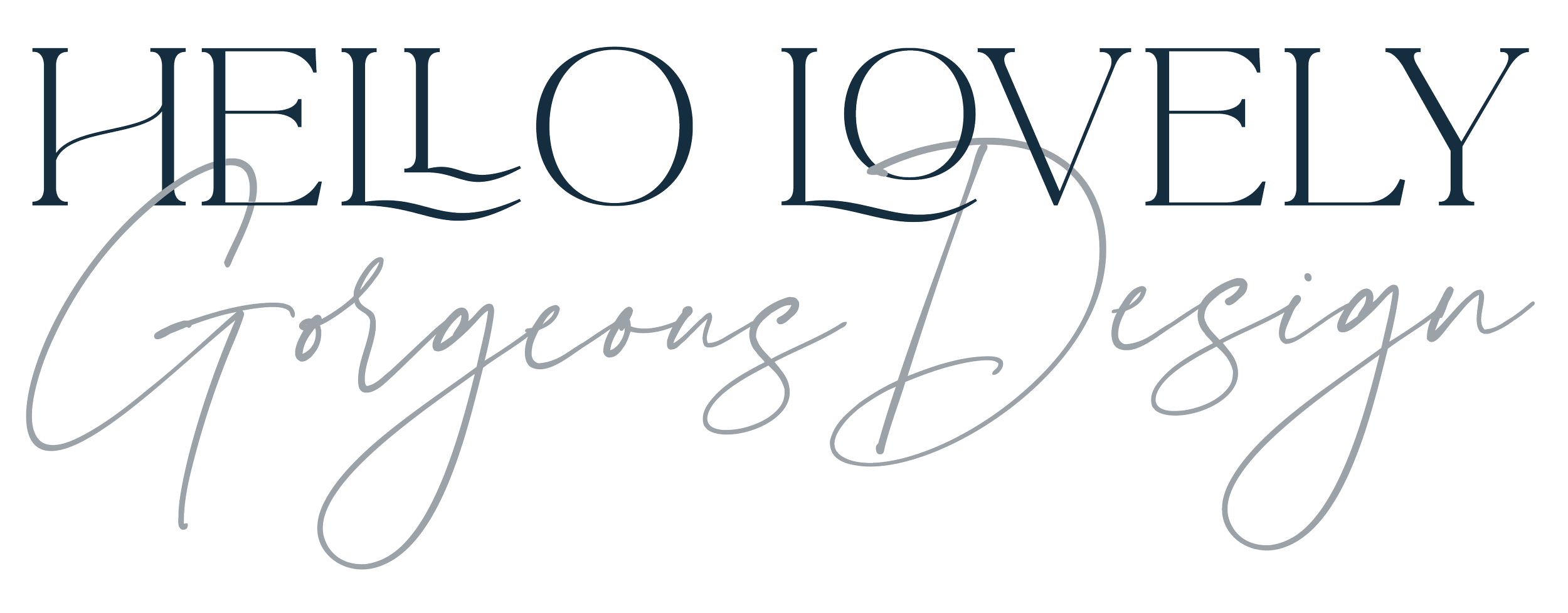How to brief illustrations and photos
Many projects that I work on contain requests for photos or illustrations. Managing these is important from the start, as assets can easily stack up and it can be confusing. It’s not a post about gorgeous design but, like beautiful creations, it’s really useful!
This guide aims to help anyone creating a project to avoid:
Costs spiralling as a result of a poor brief
Missed deadlines
Inefficient working practices.
Let’s start with what needs to be part of the project background
Colours which may form part a brand and need to be given to your designer if we didn’t create your brand. If there are no preference for colours, that’s okay; experienced illustrators will use their creative skills
Fonts, and do bear in mind that not all fonts translate from branding to illustration; neither of my brand fonts would work in a diagram as they are display fonts. I have another, Open Sans, that’s used for my body text which is accessible so I’d use this if I was creating diagrams for Hello Lovely
Styles of illustrations liked, if you’ve seen something that appeals. It can’t be copied as that’s a breach of copyright but it can be inspirational and helpful but only if context is given
Details of where a printed product is sold so that any cultural considerations can be factored in and any permissions for images checked.
A few points on photos
Most photo libraries allow anyone to create a free account and put together a board.
I can research images and will require some details such as ‘a historic photo of the inside of the debating chamber at the House of Commons’. If the brief was to include a specific political party, then that’s unlikely to be available for legal reasons. Keeping the brief (and text) open is helpful.
The importance of an asset reference or figure number
Books
Each illustration needs an asset reference or figure number. That’s related to the chapter it appears in. For example, figure 1.1 would be the first illustration/photo or table in a document. The next would be figure 1.2 and so on - keep it simple! If you had a series of books, you may wish to preface with ‘‘Mono' for a paperback for workbook and ‘Colour’ for hardback colour.
You can allocate figure number in a manuscript and captions to match the illustration log, it’s useful tracker!
These numbers are used on the actual file name if it’s an illustration. For photos, keep the file name the same as it was from the photo agency as they contain the image library references.
Websites
Website images don’t have captions but they do need careful management to ensure copyright is cleared and costs are recorded. On large sites, this can easily get lost.
Takeaway
Keeping a record is very helpful for you and designers or anyone working with you. It’s also a great way to record costs.
Cover image Photo by Raymond Rasmusson on Unsplash
